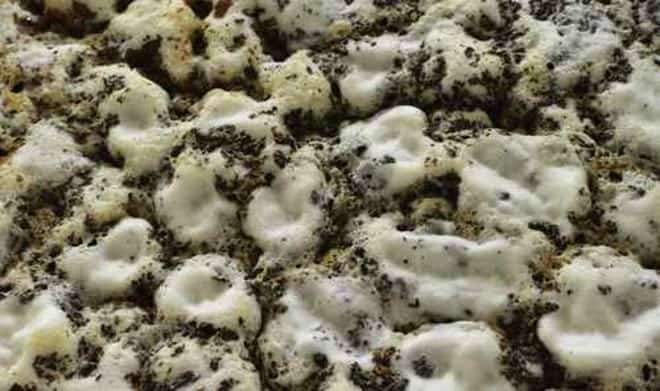Teruo Higa, a professor in the agricultural department of the University of the Ryukyus in Japan, is fermenting household food waste and using it in gardens and farms around the world to boost their output.
Professor Higa began experimenting with different mixtures of bacteria in the early 1980s to maximize plant productivity. He eventually perfected what he calls Effective Microorganisms (EM™), a mixture of bacteria and other microscopic organisms that he adds to leftover foods—anything organic. EM™ ferments the wastes into a compost substitute called bokashi. The product is trending internationally, and Professor Higa sees great promise in bokashi’s ability to increase global agricultural output and fight hunger worldwide.
Bokashi is promising for a number of reasons: unlike compost, it doesn’t take up a lot of room, so it’s easy to make in a tight space such as an apartment. It doesn’t smell and, unlike compost, it can include all types of organic food waste such as meat and dairy products. It’s also versatile and can easily be modified to include microorganisms from any local area. EM™ made for Japanese farms and gardens, for example, would include entirely different bacteria than EM™ targeted at regions of Latin America, Europe, or the United States.
According to Higa, EM™ “plays a key role in tackling hard problems regarding food supply, environmental preservation, medical care, and energy supply for the establishment of world peace.”
In line with that philosophy, EM™ is a particularly effective aid after large-scale disasters. It was used in Sendai City, Japan in 2011, after a tsunami washed away rice fields there, to restore rice crops and soil productivity quickly. It has also been used in the aftermath of the Fukushima disaster and in Ugandan refugee camps, both for its fertilizing powers and for its ability to eliminate odors.
EM™ includes five types of microorganisms. The foundational ingredient is yeast. Yeast is the backbone of fermentation: it starts the process by breaking down sugars to produce ethanol and carbon dioxide. This reaction has been utilized by people for thousands of years to make simple, everyday products, including beer and bread.
The true key to nutrient-rich bokashi, however, is the addition of photosynthetic microbes that use energy from sunlight to break down organic products and create nutrients. While yeast kick starts fermentation by breaking down sugars, these microbes process the bulk of the food waste into nutrients that boost plant growth. Higa also adds lactic acid bacteria and actinomycetes to inhibit dangerous bacteria from growing, as well as special fungi that speed up these reactions.
In reality, one package of EM™ may have 80 or more species of microorganisms, all designed to break down leftover food waste to maximize nutrient output. Higa’s complex mixture is being adopted all over the world with much success and potential for the future.
Interested in making your own bokashi? Check out this this videotutorial.
Sign up for Food Tank’s FREE Weekly Newsletter. More than 110,000 Subscribers And Counting. Click HERE to join.















